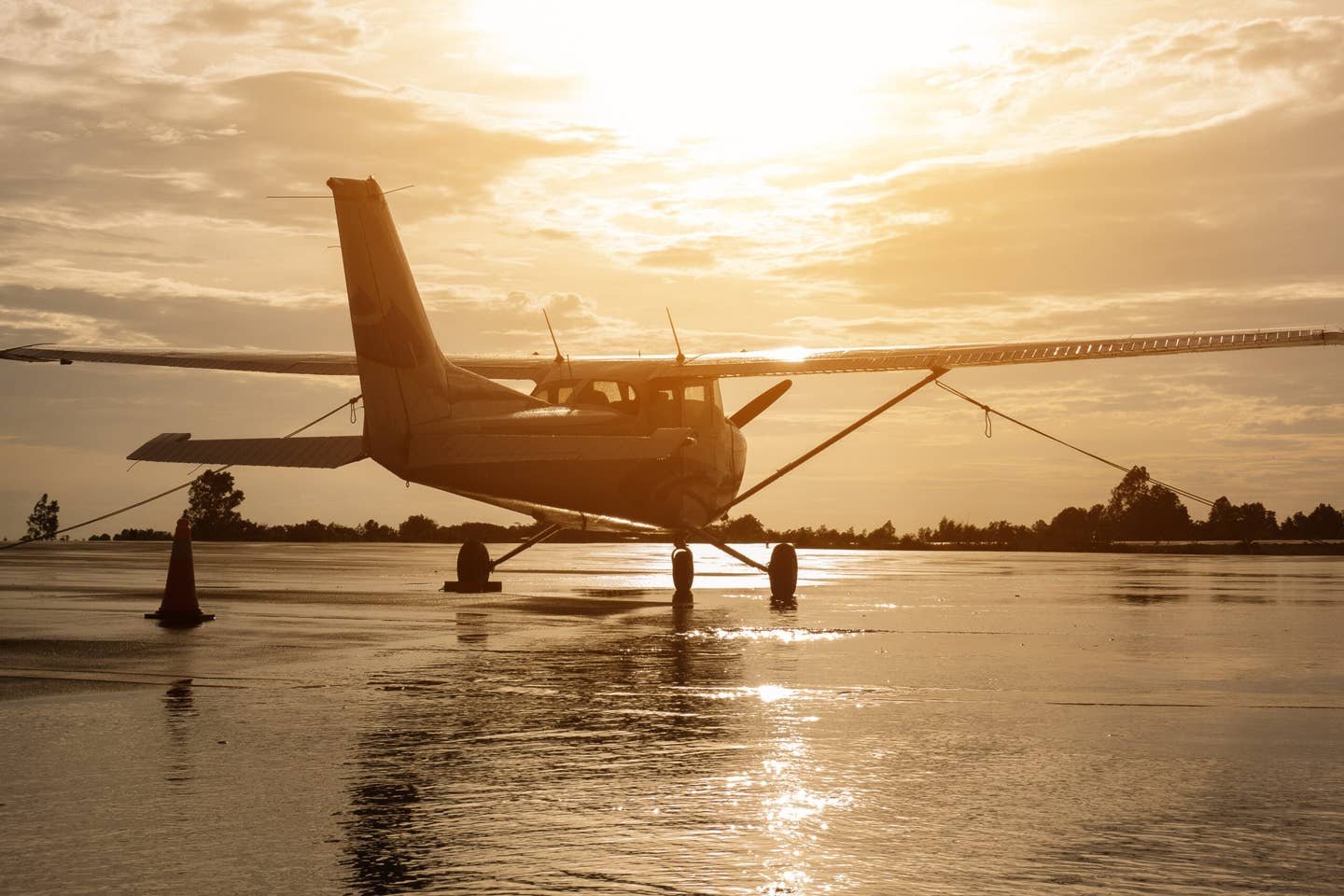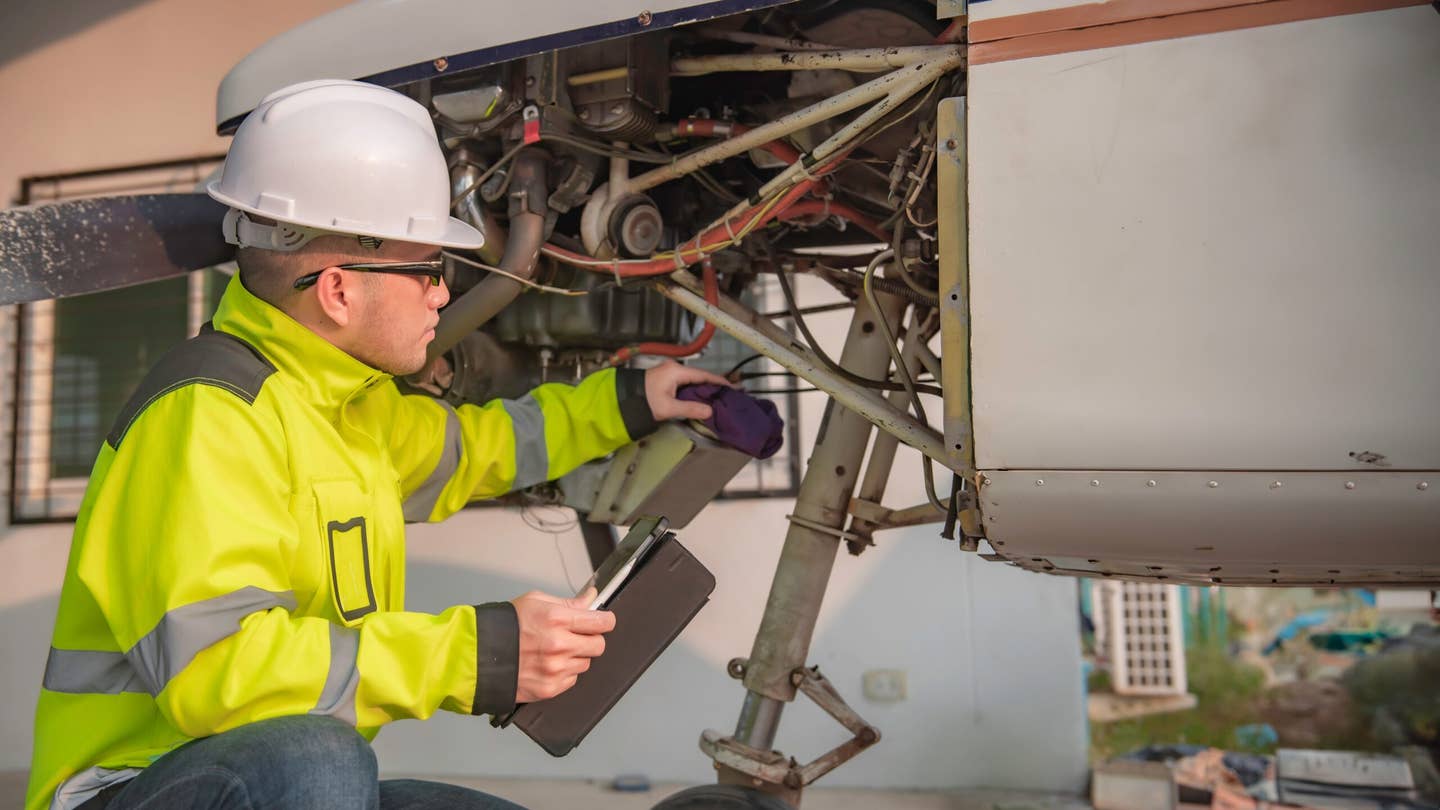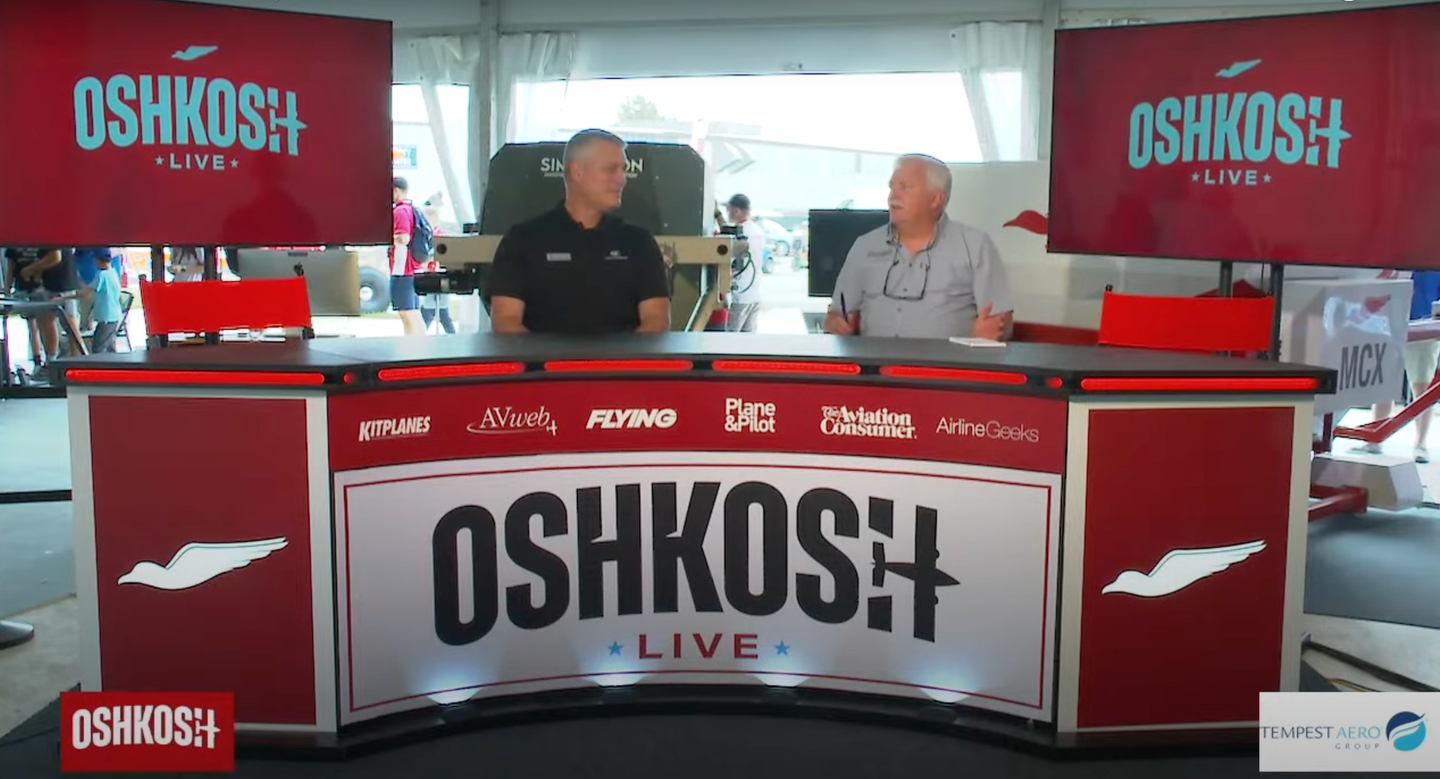
[Screenshot]
Cockpit noise has long been a major source of frustration, particularly for pilots in training who have to communicate with instructors and air traffic controllers (ATC).
From single-engine planes to airliners, the constant hum of engines, hydraulic motors, landing gear machinery, and aeolian noise (wind noise) can be deafening at the best of times.
Heider Lazzarini, president of Lightspeed Aviation, sat down with AVweb editor-in-chief Russ Niles at EAA AirVenture in Oshkosh, Wisconsin, to discuss the innovations that make the Delta Zulu ANR Headset the latest in a long line of top-quality products.
As the leading name for active noise reduction (ANR) technology, Lightspeed has spent decades perfecting the formula.
“In simple terms, external noise is counterbalanced by what a processor inside the headset is reading,” Lazzarini said. “Effectively, our ANR takes all the sound waves and blocks them out, and what comes through is what you want to hear—sounds in the range of human voice and even electronic equipment. It keeps the unwanted noises out of the equation and lets the wanted noises into your headset.”
For nearly two decades, Lightspeed has continued to improve and refine its ANR headsets, staying at the forefront of a competitive segment.
“At the core of how we operate is talking to pilots and having hundreds of conversations with users about what’s meaningful and what they need,” Lazzarini said. “We want to hear about their passion and how to translate that into superior products.”
In September 2022, Lightspeed unveiled its most advanced product to date, the Delta Zulu. With the most refined ANR implementation available, the Delta Zulu offers not only quality but also innovative safety features that keep raising the bar.
The built-in Kanari smart alert delivers audible warnings to the user automatically if cabin carbon monoxide levels rise, making CO detector strips less of a worry.
“It’s something you don’t want to think about often, but Delta Zulu takes the complexity out of the way by offering a direct alert for carbon monoxide levels,” Lazzarini said.
According to Lazzarini, Lightspeed’s other exclusive, proprietary innovation comes in the form of HearingEQity.
“It acts as a built-in hearing aid, and it further maximizes the advantages of ANR technology to make ATC calls and copilot communication crystal clear,” he said.
With this patented system, pilots create a unique hearing profile through an automated 12-frequency test that adjusts sound quality based on each individual’s hearing.
The Lightspeed Delta Zulu is also the first headset to adopt the ultra accessing connector (UAC) plug, allowing users to connect to other devices directly to the headset for charging, data communications, and auxiliary audio.
With the growing popularity of helmets, Lightspeed also offers a modification kit that allows users to fit Delta Zulu headset cups into a variety of helmets.
“Our H-mod headset cups can be retrofitted through our network of installation partners worldwide,” Lazarrini said. “You can have Lightspeed quality in the helmets you want to use. This is the only premium ANR and audio solution specifically engineered for helmets.”
Regarding the future, Lazarrini said that the Lightspeed team will continue to listen to end users about the features and design of its products. The company is proud to offer the leading headsets on the market.
“I’m biased, but our headsets are the most comfortable in the world, because we always work with pilots to test the design,” he said. “Try on all our competitors and see for yourself.”
Quality ANR headsets have been proven to make pilots safer and protect their hearing, particularly at low frequencies. With its line of industry-leading equipment, Lightspeed Aviation continues to pursue safety and comfort for pilots and passengers.
“It’s a whole different reality now with technologies that are accessible to everyone,” said Lazzarini. “ANR was developed in the last 20 years, and it’s only improving. It makes pilots a lot safer and makes ATC calls much clearer. That’s the center of our mission—saving and protecting lives.”
BROUGHT TO YOU BY Lightspeed Aviation

Sign-up for newsletters & special offers!
Get the latest FLYING stories & special offers delivered directly to your inbox

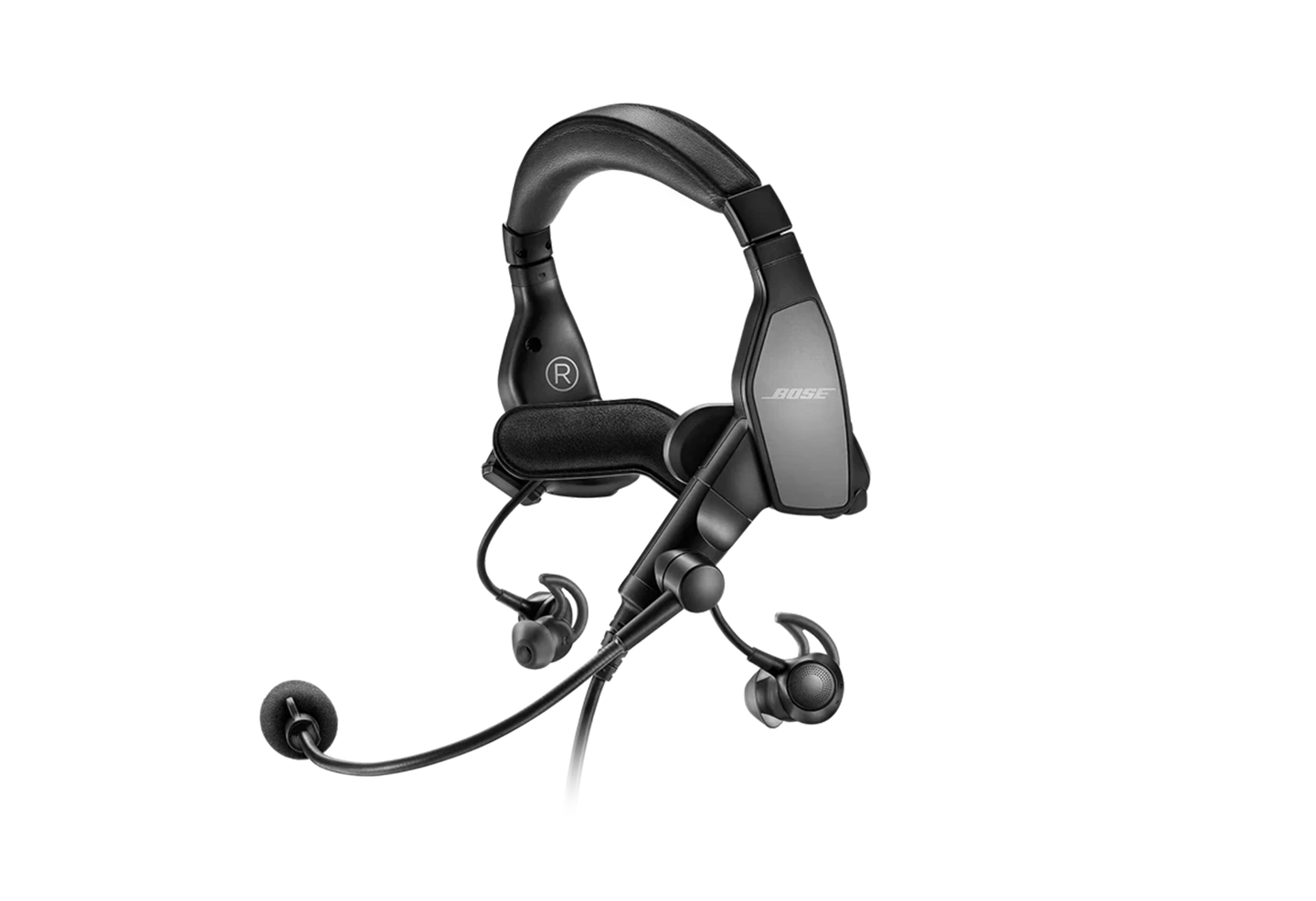
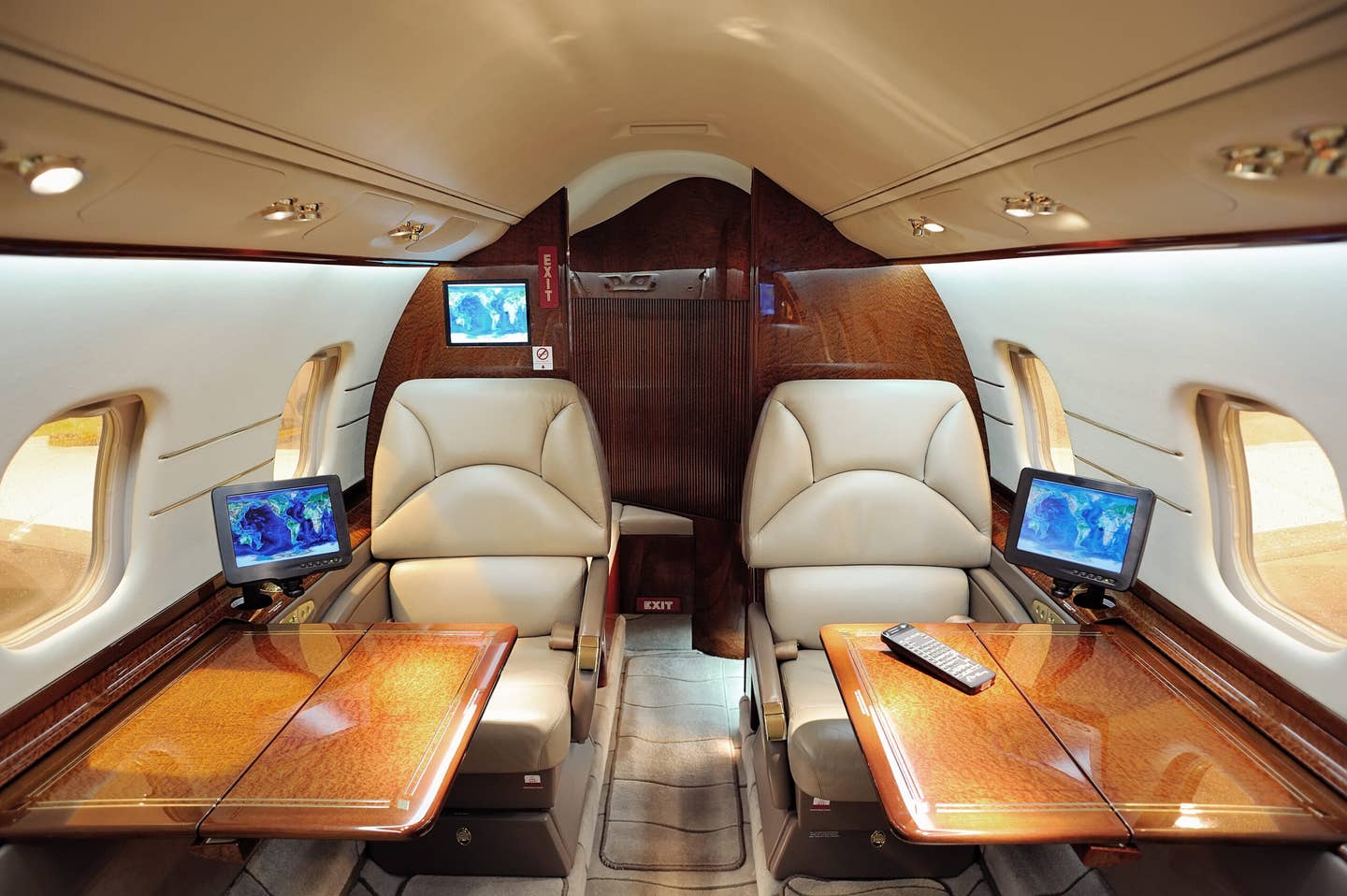
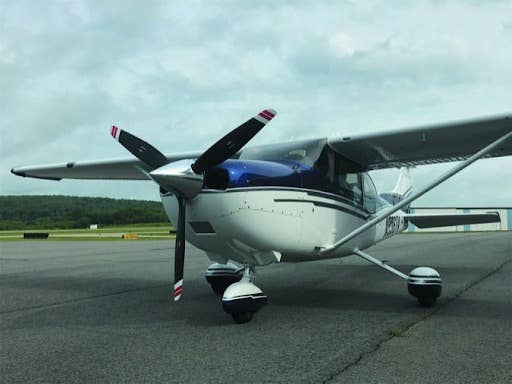
![[PILOT AND SNELLEN CHART PIC]](https://www.flyingmag.com/uploads/2022/11/2022-FlyingMag.com-Native-Advertising-Main-Image--scaled.jpeg?auto=webp&auto=webp&optimize=high&quality=70&width=1440)
